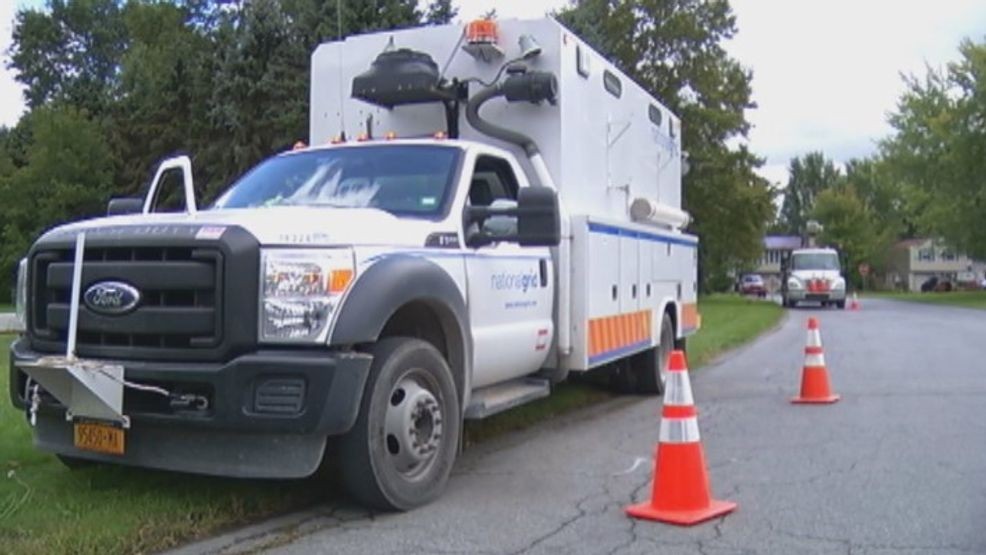New York State’s new Enhanced Energy Affordability Policy is set to alter utility bills, with some residents seeing increases while others benefit from discounts.
The policy, adopted by the New York State Public Service Commission, aims to provide energy bill discounts to utility customers earning below the state median income of $80,000. However, those earning above this threshold will bear the cost of the program.
Lisa Moore, a retired homeowner in Syracuse, expressed her concerns over the rising costs.
“My husband and I are retired. We make over that amount of income. We pay taxes, grocery bills. I mean, there’s only so much money to go around. I can’t spend $387 a month. I mean, it’s, it’s crazy. We can’t afford it,” she said.
Moore, who is just above the state median income, worries about how she will manage her utility bills.
“We worked our whole lives. We’ve paid our dues. We pay taxes,” Moore said. “When does it come time that the people who have worked and worked and worked get a break?”
The American Association of Retired Persons (AARP) supports the policy but agrees with Moore that funding should not solely come from ratepayers.
“We think that there at least should be some resources coming from the governor and the legislature to pay for this benefit, which is a very good benefit,” AARP’s New York State Legislative Representative Bill Ferris said. They’re really pushing this affordability program into the middle class.”
Ferris anticipates utility rates will continue to rise, citing New York State’s ongoing energy affordability issues. Moore, feeling the strain, is considering relocating.
“I showed you what the bill was last month and what it’s been, and it hasn’t been like that, and the whole time that we’ve lived here, I think that it’s time that my husband and I take our retirement years to somewhere where it’s cheaper for us to live,” she said.
A spokesperson for National Grid stated that the company is working to understand the Public Service Commission’s order to implement it effectively. The state estimates will take about six months to determine eligibility for the policy and encourages residents to contact their utility company for information once the program begins.
